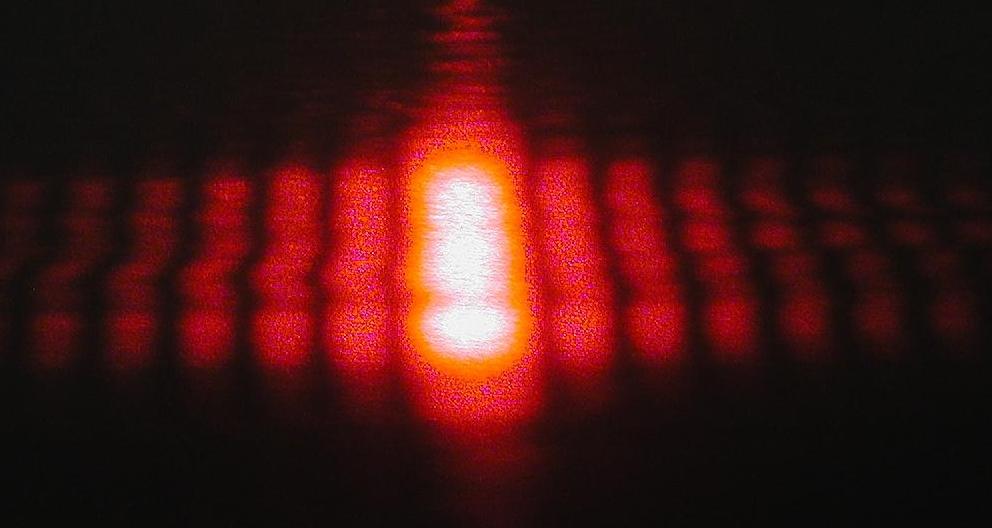A key question that we need to answer first is: What is the purpose of the lens in a camera?
A lens is an 'Adder of Light'. I was shocked when one of the optical designers in my first company told me this. The explanation is simple and complex at the same time.
The first thing to understand is that a photograph and a scene are all about edges. There are boundaries and the contrast between the boundaries makes the composition.
Everytime there is an edge, light bouncing off that edge (depending on how fine and narrow that edge is) is scattered. There is a complex theory to explain what happens afterwards, and here is a good picture to remember (taken from a UBC, Canada website):

The center spot would be the '0-order', next to it on both sides are the 1st order, and so on to infinity. All these infinite orders 'added together' would result in the orginal slit or edge that created this pattern.
The catch here is that this is what the camera sees. Your eye has processed it, added the light, and your brain tells you there is an edge. But the camera can only see this. The lens then takes these and puts them back together and shrinks them so they fit onto a 35mm film array.
Thats the reason you need a lens. Without the lens, you would just see a blur of lines...
Now if you had an infinitely big lens, you could capture all the infinite orders and get the perfect sum. But then you would also need an infinite amount of money. So we try to capture as many orders as our wallets can afford.
Of course the complexity is that in a given composition there is not just a single edge and a single color (or wavelength of light) but several edges and several colors. So the lens has to not only manage adding one edge, but several edges at several wavelengths.. its one of the hardest things to design and typically a 'lens' that you see will have atleast 10 single lenses (singlets) to correct various problems it faces.. chromatic abberations.. colors not lining up.. edge distortions (the pin cushion effect).. etc... lens design is a really fun job!!
Here is a good picture from the following website

So I hope the next time you look through a lens, you can imagine all the interactions of light that go on in front and appreciate how the lens is able to put it all back together for you.

No comments:
Post a Comment